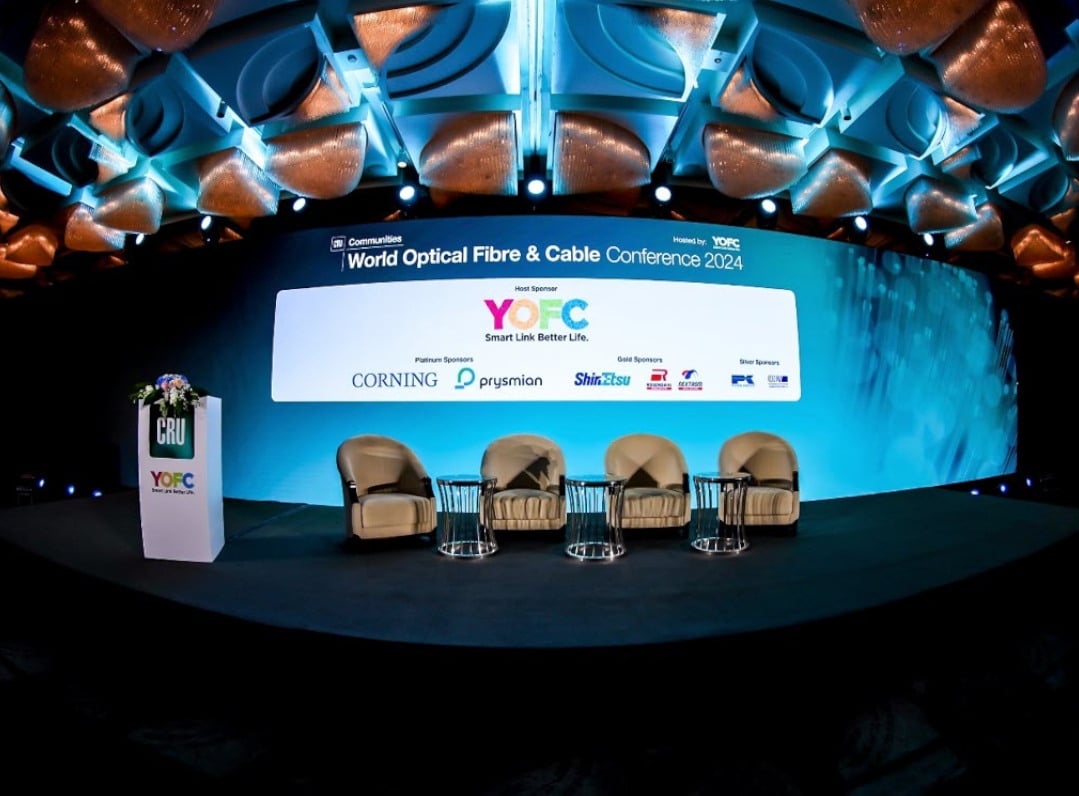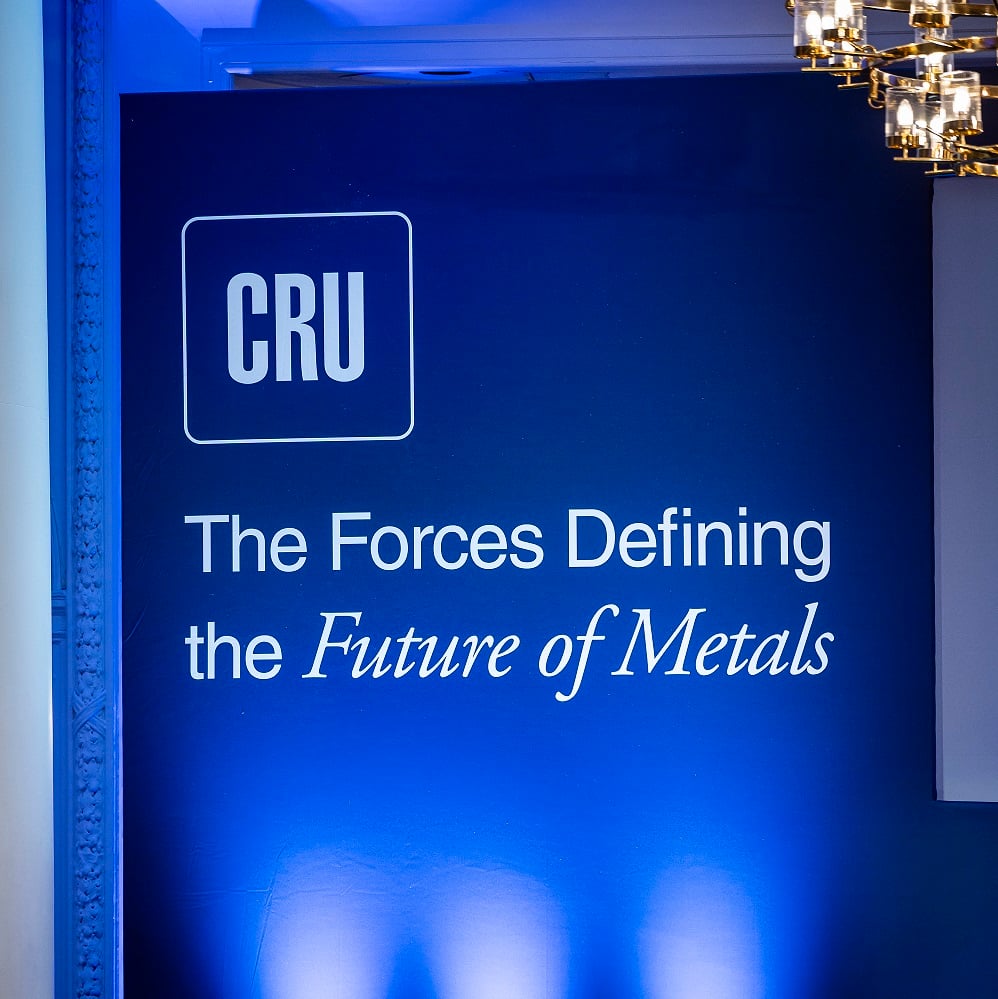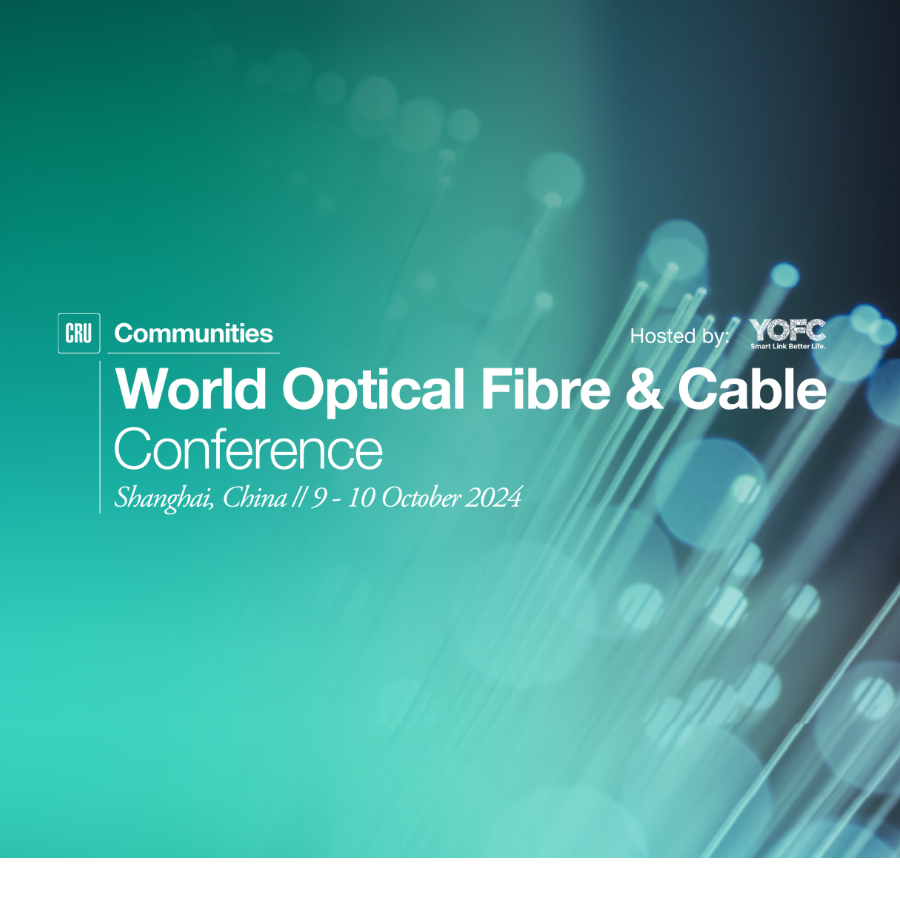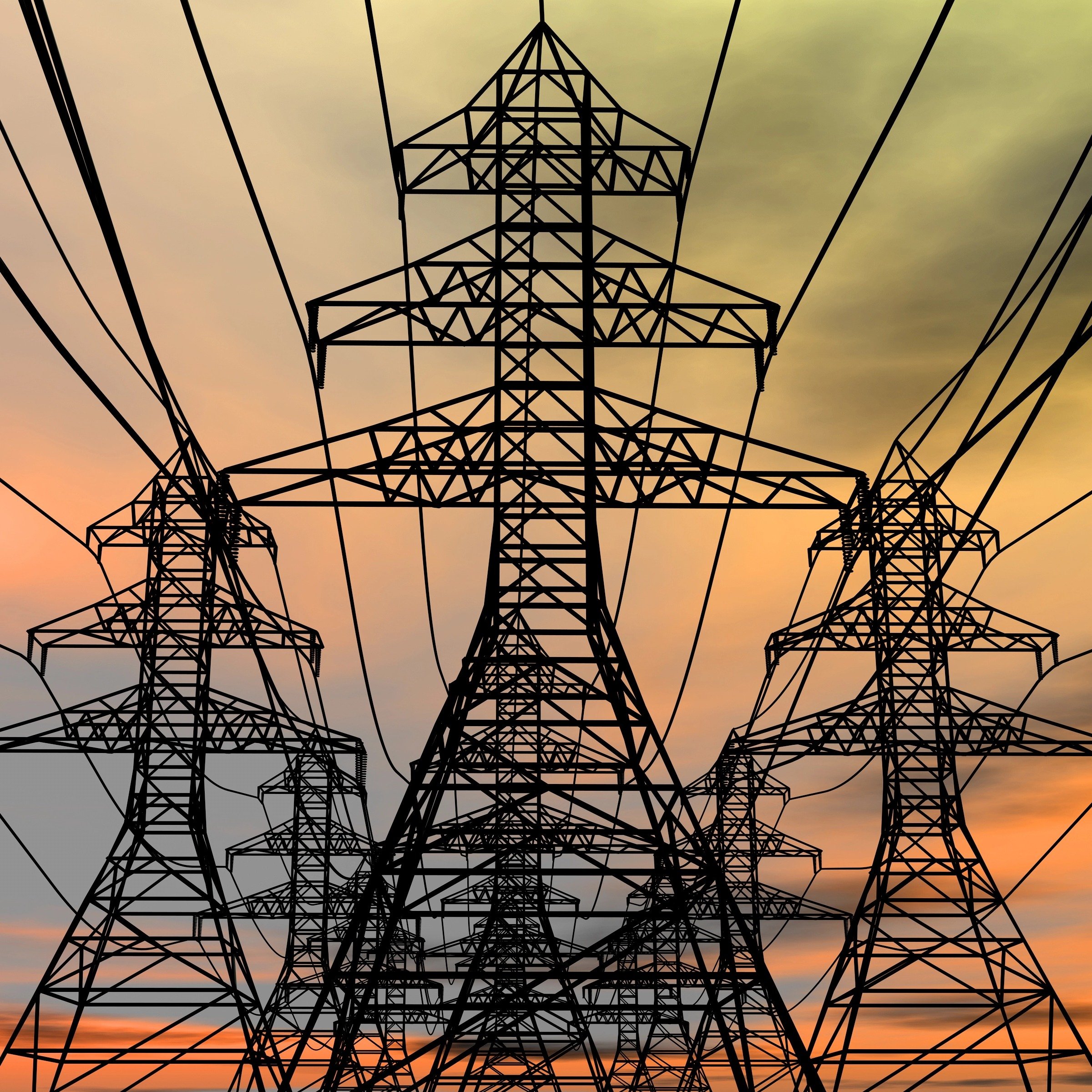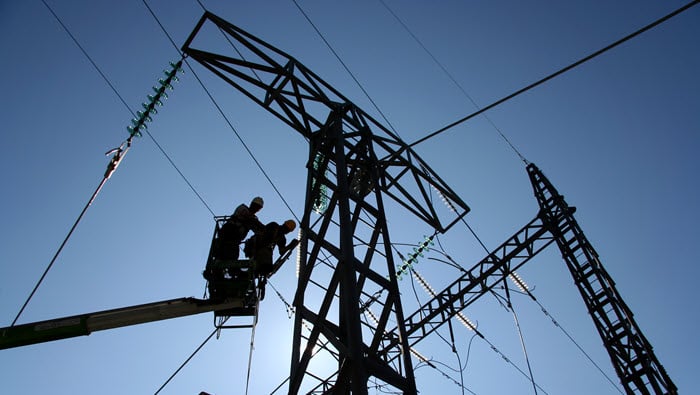CRU’s Wire & Cable Analysts recently took the opportunity to attend Fiber Connect 2024 – the largest fibre optics conference in North America connecting both domestic and international players operating within the region.
In line with CRU’s Optical Fibre Cables (OFC) Market Outlook and OFC Monitor, major themes continue to dominate the narrative in the US market, including the timeline and implementation of the Broadband Equity, Access and Deployment (BEAD) Program, fibre cable deployments, capacity expansions and constraints, rapid evolution in end-use markets (e.g. datacentres) and many more.
The BEAD program aims to bridge the digital divide by providing substantial funding to improve broadband access across the US. Based on data from CRU’s OFC service, as of now, 32 eligible entities have completed all ten phases of the program, while 25 are on the verge of completion. The program's success is underpinned by the Spectrum & National Security Act, which has been deliberated in the Senate as of April 2024 and still is.
NTIA Chief Alan Davidson announced a proposed document allowing states to use alternative technologies for BEAD projects, including unlicensed spectrum fixed wireless services and cable solutions. This development acknowledges the financial and practical limitations of deploying fibre to every unserved area, especially in very rural locations. However, high-tier ISPs remain optimistic about the timely arrival of BEAD funds in the near future; while some middle to low-tier players have lost faith in the program’s timeline and are focusing on utilising private funding to expand their networks.
Over $1 billion has been allocated for digital equity, with $840 million directed towards state-level initiatives. However, workforce development remains a significant challenge. The broader industry highlights 78,000 jobs in broadband infrastructure needed for projects in the US, but workforce capacity issues continue to hinder the progress. Apart from BEAD, there was a significant update regarding the potential revival of the Affordable Connectivity Program (ACP). The ACP has been at a halt since June 2024 as additional funding legislation failed to pass. Since then, the Senate Commerce Committee has recently advanced an amendment to fund the ACP with $7 billion, attached to the Plan for Broadband Act. This move aims to streamline federal broadband programs and extend ACP funding.
Eric Lia of Verizon highlighted the significant challenges in rural broadband expansion during his keynote speech. Approximately 8.8 million people in the US remain underserved, primarily due to the high costs associated with deployments of optical cable for long-haul and last-mile connectivity. Existing infrastructure and the high cost of longer cable lengths are major barriers to the expansion. Additionally, securing central office real estate and navigating varying state regulations complicate deployment efforts, adding to the overall challenge.
Dr. Duncan, Earl of Qubitek, emphasised the transformative potential of quantum computing in enhancing network efficiency and security. The integration of AI with this technology promises massive capabilities, but also demands substantial power. Quantum computing offers improved energy efficiency compared to traditional methods. Moreover, quantum technologies can significantly bolster communication security, which is crucial for the transmission of sensitive data.
The conference underscored the evolving trends in FTTH installations, particularly the shift towards more efficient and future-proof solutions. While pre-connectorised cables offer faster installation and consistent quality, fusion splicing is favoured for its cost-effectiveness and future-proofing capabilities.
In addition, companies like Corning, AFL, and STL have pushed for the increased use of high-density fibre blown & drop cables, using bend-insensitive single-mode fibres such as G657A2 with reduced diameters down from 200 microns to as low as 190 microns. These developments have been met with increased attention towards using microducts, as the aforementioned cabling solutions are suitable for many applications and needs from backbone networks to FTTx. However, in the US market, there are current capacity issues with installers, resulting in high inventory levels due to limited movement.
Additionally, participants at the convention highlighted the critical need for more middle-mile fibre assets in the US, as vendors and installers share the importance of redundancy and competitive options for providers. There is an emphasis on maintaining middle-mile infrastructure as short as possible to reduce latency and ensure high transmission speeds.
On the product side, companies have innovated extensively in fibre broadband access platforms. Currently, XGS-PON technology is widely deployed, providing up to 10 Gbps capacity (though practically closer to 8.5 Gbps). Some companies are moving towards 25G PON, offering true 25 Gbps speeds, and even 50G PON, which is in lab testing but not yet field-ready. On the deployment side, companies like OFS are at the forefront of pushing the limits for installations, offering a comprehensive core product portfolio tailored for both multiple dwelling units (MDUs) and single-family units (SFUs). Their product line-up accelerates fibre installations to and within MDUs and SFUs, which includes their EZ-Bend® Cabling, Mini LT and Mini TB drop cabling, as well as field termination options including the EZ!Connector, EZ!Fuze™ splice on connector and their Fitel Ninja, S-154, and S-179+ Fusion Splice machines.
Main takeaways from Fiber Connect 2024
The fibre optic and telecommunications industries face significant workforce and environmental challenges, particularly in the deployment of new infrastructure. With over 60% of the current workforce nearing retirement, there is a critical need for new technicians and field trades. Additionally, varying state requirements for environmental permits slow down project approvals and increase costs. These challenges necessitate a coordinated effort to develop a skilled workforce and streamline regulatory processes to support the industry's growth.
The rapid growth of datacentres, driven by AI and other end-markets, is boosting the demand for optical cables. Current market data indicates that the supply side is performing well, but inventory levels have yet to be depleted as demand continues to rise. This growth is particularly pronounced in urban areas, where the need for high-speed internet and data transmission is highest.
Subsequently, the US fibre optic cable market has shown resilience and growth, driven by the increasing need for high-speed internet and the expansion of data centres. Continued investment in rural broadband and state-level BEAD initiatives is fostering this growth. Significant growth in datacentre construction, particularly in urban areas, supports the rising demand for AI and cloud computing needs. Ongoing advancements in fibre optic technology, including smaller diameter cables and improved installation methods, are enhancing network efficiency and reducing costs, positioning the industry for continued growth.


